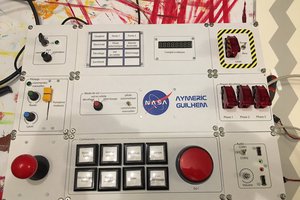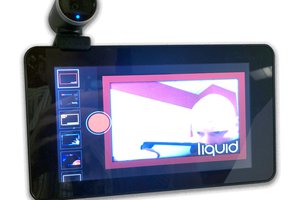Keyboard: Since I'm going to use this setup 'wearable', headless and thus without conventional interface I needed some way to control what was playing and at what level. To this end, I've soldered together a small circuitboad with 6 switches. The switches are wired to a common +3.3V and connected to GPIO pins on the Raspberry Pi. The resistors you see in the picture are pull-down resistors that make for a smooth transition between 0 and 1. To process the states for the given GPIO pins, I use the RPIO library (See also the links) This library allows the developer to utilise a callback mechanism, triggering functions that in turn execute commands. Maybe more on that when I put the code on GIT...
DIY Raspberry Pi MP3-player
A simple project to sharpen my python on and get a grip of all the headaches that come up when developing wearable electronics.
 Daemon informatica
Daemon informatica
 Jonathan Beri
Jonathan Beri
 Thibault HILAIRE
Thibault HILAIRE

 Raymond Lewis Jones
Raymond Lewis Jones
Hey! I think your project is exactly what I'm looking for as my first big project. I'd like to put a RPi inside an old radio I refinished. I have an external USB HD with tons of old timey tunes. If I understand correctly, looking at your main.py, you set up your switches/GPIOs and pass they're state to a dependancy(?) that plays the audio? Does the USB HD need to be "mounted"? thanks